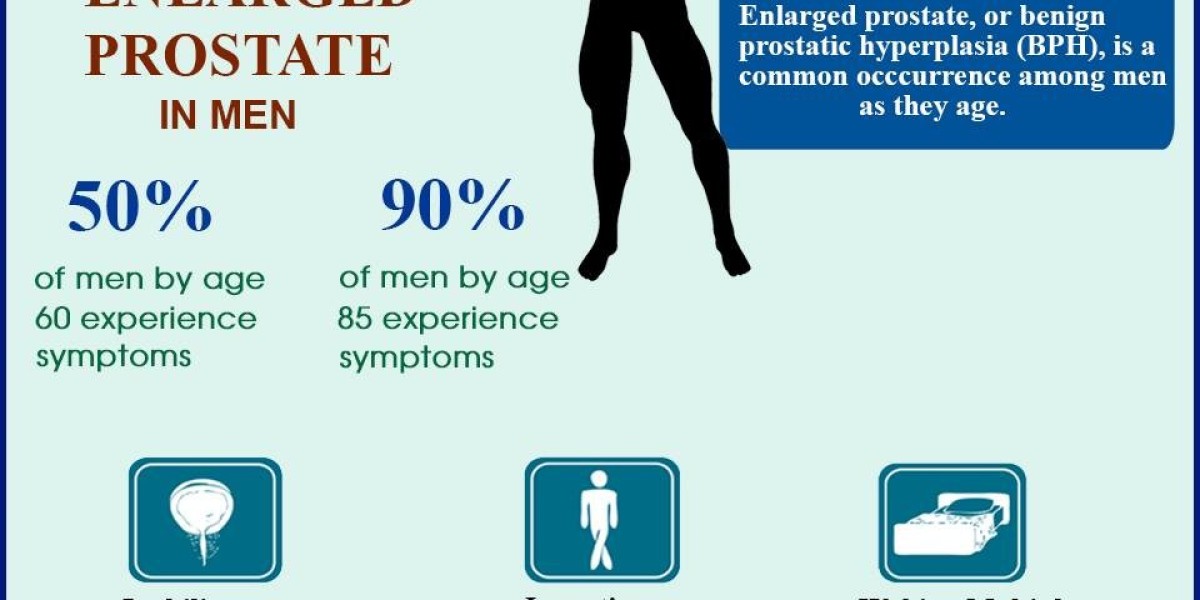When it comes to prostate health, early diagnosis and effective treatment are essential for maintaining a good quality of life. Prostate conditions, such as benign prostatic hyperplasia (BPH), prostatitis, and prostate cancer, can affect men as they age. Fortunately, there are a variety of treatment options available depending on the specific condition and its severity. Dr. Abhijit Gokhale, a leading urologist and prostate specialist, offers insight into the top prostate treatment solutions available today.
Understanding Common Prostate Conditions
Before diving into the treatment options, it’s important to understand the most common prostate-related issues:
Benign Prostatic Hyperplasia (BPH): BPH is the non-cancerous enlargement of the prostate gland, which can lead to urinary problems such as frequent urination, difficulty starting urination, or weak urine flow.
Prostatitis: This condition involves inflammation of the prostate gland and can cause pain, difficulty urinating, and flu-like symptoms.
Prostate Cancer: One of the most serious prostate conditions, prostate cancer occurs when abnormal cells grow uncontrollably in the prostate. Early detection and treatment can significantly improve outcomes.
Top Prostate Treatment Solutions
Dr. Abhijit Gokhale emphasizes that the treatment of prostate conditions depends on the type and severity of the issue. Here are the top prostate treatment options:
1. Medications
Alpha-Blockers: These medications are commonly used to relax the muscles in the prostate and bladder neck, making it easier to urinate for those with BPH.
5-Alpha Reductase Inhibitors: These drugs work by reducing the size of the prostate, improving urinary symptoms in men with BPH.
Antibiotics: For cases of prostatitis, antibiotics are often prescribed to treat bacterial infections.
Hormonal Therapy: In prostate cancer treatment, hormone therapy helps to lower testosterone levels, slowing the growth of cancer cells.
2. Minimally Invasive Procedures
Transurethral Resection of the Prostate (TURP): This is one of the most common procedures for treating BPH. During the procedure, excess prostate tissue is removed to improve urinary flow.
Laser Therapy: Laser surgery, such as holmium laser enucleation of the prostate (HoLEP), is used to remove excess tissue in men with enlarged prostates. It is minimally invasive and results in faster recovery times.
UroLift System: This newer, minimally invasive procedure lifts and holds the enlarged prostate tissue out of the way so it no longer blocks the urethra. It’s effective for BPH and offers quicker recovery compared to other surgical options.
3. Surgical Treatments
Radical Prostatectomy: For prostate cancer patients, a radical prostatectomy is a surgical procedure where the entire prostate gland is removed. It’s often recommended when cancer is localized and hasn’t spread.
Open Prostatectomy: In severe cases of BPH, where the prostate is significantly enlarged, an open prostatectomy may be performed to remove the part of the prostate that is blocking urine flow.
4. Radiation Therapy
For prostate cancer, radiation therapy may be used to target and kill cancer cells. There are two main types:
External Beam Radiation Therapy (EBRT): This treatment uses high-energy rays to target cancer cells from outside the body.
Brachytherapy: This involves placing radioactive seeds directly into the prostate to kill cancer cells over time.
5. Active Surveillance
In cases of low-risk prostate cancer, active surveillance (or "watchful waiting") may be recommended. This involves regular monitoring of the cancer with PSA tests, biopsies, and imaging, rather than immediate treatment. It’s a good option for patients with slow-growing prostate cancer.
6. Focal Therapy
For patients with early-stage prostate cancer, focal therapy is an emerging treatment option. It targets only the cancerous part of the prostate, sparing the rest of the gland. Techniques like High-Intensity Focused Ultrasound (HIFU) and cryotherapy are commonly used in focal therapy.
Choosing the Right Treatment
Dr. Abhijit Gokhale emphasizes the importance of personalized treatment plans. “Each patient’s situation is unique, and the treatment should be tailored to their specific condition, age, overall health, and personal preferences,” says Dr. Gokhale.
For BPH, medications are often the first line of treatment, but for more severe cases, surgical options like TURP or laser therapy may be necessary. In the case of prostate cancer, the treatment plan will depend on the stage and aggressiveness of the cancer, with options ranging from active surveillance to surgery or radiation.
Why Choose Dr. Abhijit Gokhale for Prostate Treatment?
With over 25 years of experience in urology and a specialization in prostate treatment, Dr. Abhijit Gokhale is highly regarded for his expertise in managing prostate conditions. He is known for his patient-centered approach, ensuring that each individual receives the most appropriate and effective treatment for their condition. Whether it’s managing BPH or providing advanced treatment for prostate cancer, Dr. Gokhale’s dedication to his patients’ well-being is evident in his high success rates and patient satisfaction.
Conclusion
Prostate health is a critical aspect of men’s overall well-being, especially as they age. With the right Prostate Treatment in Pune, men suffering from prostate conditions can experience significant relief and an improved quality of life. Whether through medication, minimally invasive procedures, or surgery, the advancements in prostate treatment today offer effective solutions for a range of prostate conditions.
If you or a loved one is facing a prostate-related health issue, consulting with a specialist like Dr. Abhijit Gokhale can ensure that you receive the best possible care tailored to your needs. Don’t wait—take control of your prostate health today by exploring the top treatment options available.
For more information or to schedule a consultation, contact Dr. Abhijit Gokhale’s clinic today.








